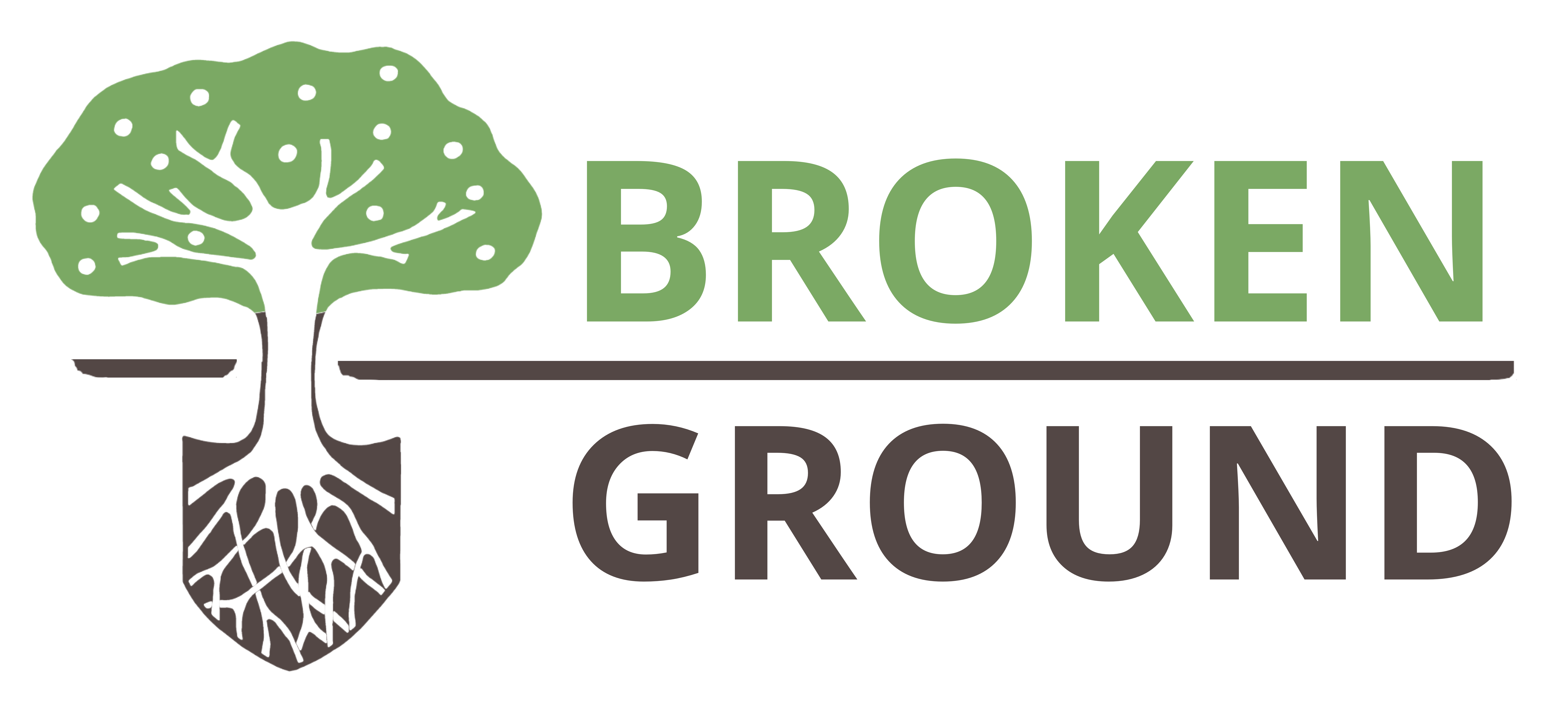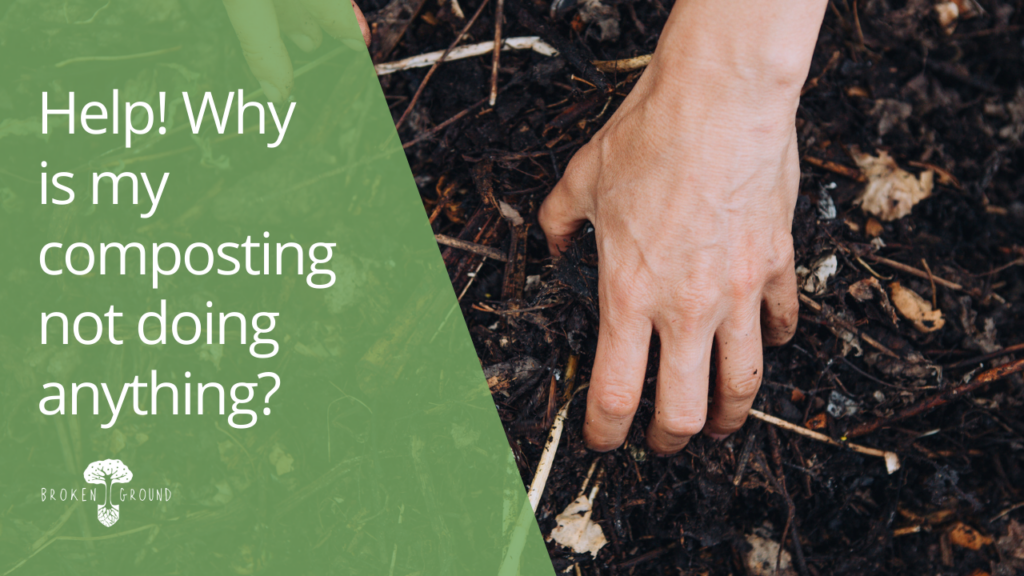I’ve heard this time and again from my clients and students. It usually comes in the form of a confession, “I bought the bin, added some materials but I don’t really do anything with it and nothing seems to be happening.” Sound familiar? A static compost pile could happen for a variety of reasons. Here are the five key elements you should keep in mind when building a compost pile. Abide by these five guidelines and your compost should be cooking in no time!

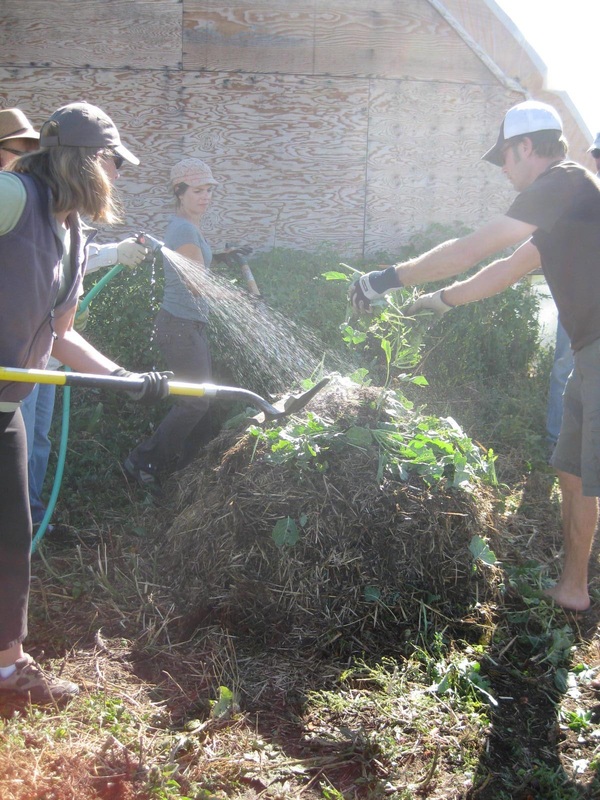
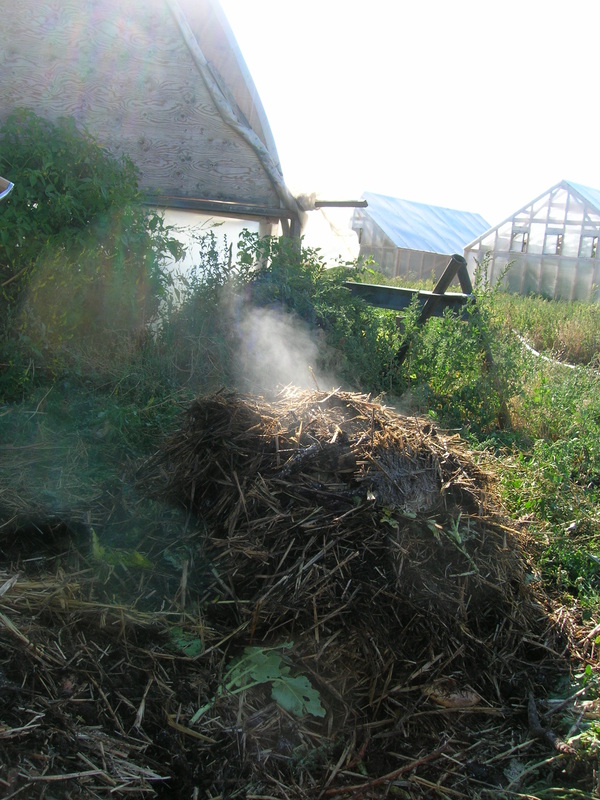
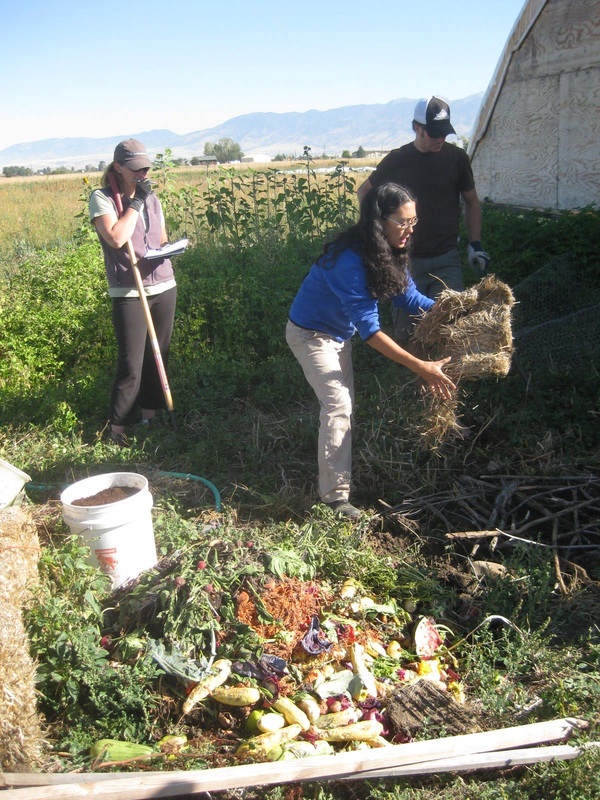
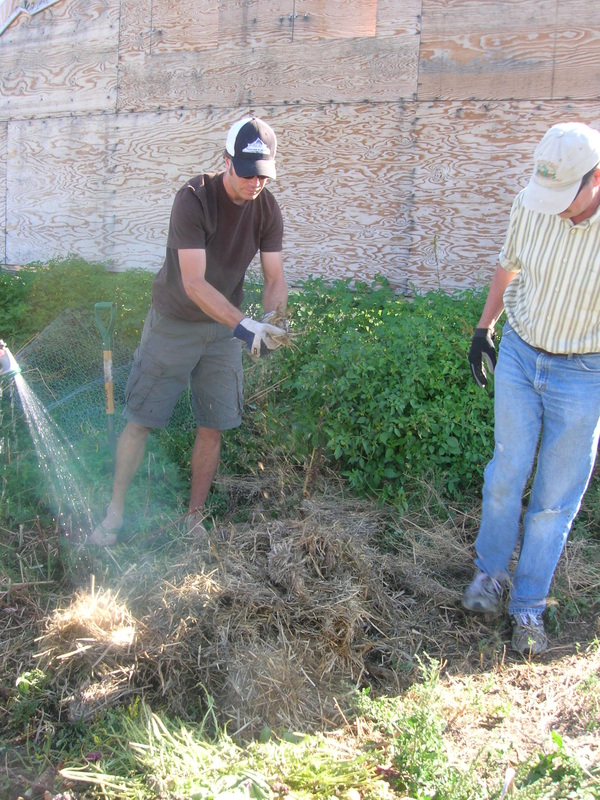

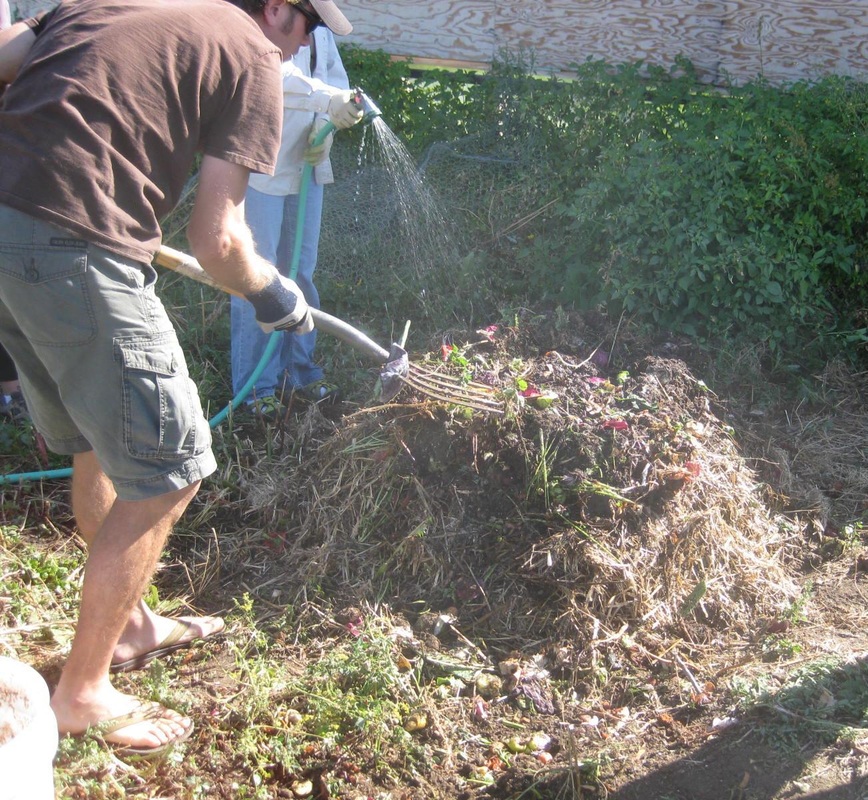
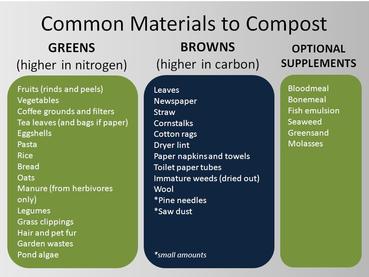
FOOD
High carbon and high nitrogen materials are the building blocks of the compost pile. High carbon materials are usually woody, tough, dry, and coarse (see table on left). They provide the bulk of your compost pile and are used as an energy source by decomposer organisms. High nitrogen materials are soft, moist, and more pliable. During the decomposition process, proteins in high nitrogen materials are broken down into amino acids, nitrites, and nitrates that are used by decomposer organisms to grow and reproduce.
The ideal food mix for decomposers is most closely achieved by adding equal amounts of high carbon and high nitrogen materials to your compost pile. Alternate 4-6 inches of high carbon materials with 4-6 inches of high nitrogen materials, as you build your pile.
WATER
Your compost pile should be the consistency of a wrung-out sponge. In our dry Montana climate, this is likely the reason why your compost ‘is not doing anything’. Bacteria become dormant at lower moisture levels, slowing down the decomposition process. Expect that your pile may need water every time you turn it. In addition, be sure to cover your pile with a sheet of black plastic (with holes punched in it for aeration), an old tarp, or use a bin so as to keep the moisture in. Lastly, locate your pile in a semi-shady location, protected from desiccating winds.
AIR
Be sure to turn your pile regularly (ideally once/week) to encourage aerobic (with oxygen) decomposition rather than anaerobic decomposition. Every time you turn the pile, you flush the system with more oxygen, leading to an increase in microbial activity that speeds up the decomposition process.
VOLUME
In order for a compost pile to heat up and sustain large populations of decomposer organisms, there must be an adequate volume of materials. The minimum sized pile is 3′ x 3′ x 3′. Any volume below this size would likely be another reason why a compost pile isn’t breaking down. Piles can be built much larger, but anything above 5′ x 5′ x 5′ becomes cumbersome if it is turned by hand.
SURFACE AREA
Plant materials will break down faster if they are chopped into smaller pieces. If you don’t want to find that corncob two months later, be sure to break it up before adding it to your pile. Two-inch pieces are ideal, but whatever you can do to bruise and break up the plant material will help.
If you have constructed your pile correctly, it should start to do something! The pile will shrink by 30% in about a month. Compost is considered finished when you are able to turn your pile and it no longer heats up over 110°F. In two to three months, the pile will be reduced by about 50% and look like finished compost!
One last piece of advice…
Oftentimes, the reason your compost pile isn’t doing anything is that you are not doing anything! Be sure to design a system and a location that is convenient and fits with your lifestyle and your needs. Remember, design is crucial to any system’s success. I locate my compost pile in a convenient area near my house and garden, and often on my garden bed once fall rolls around. This creates the least amount of work for me when the compost is finished and ensures that I visit the pile with enough frequency to maintain it.
Do you have composting tips and tricks that you would like to share? Leave a comment or question below.

